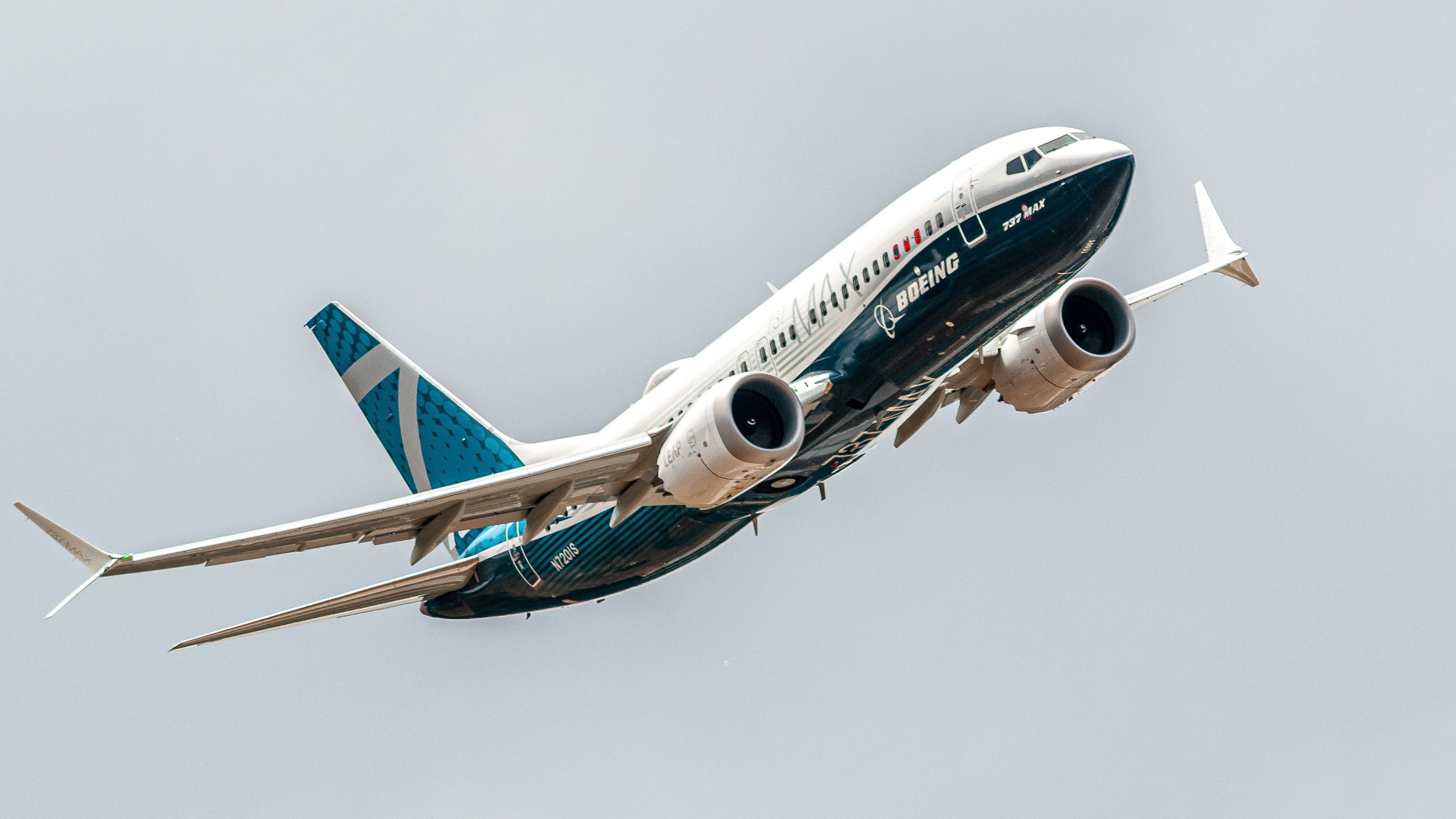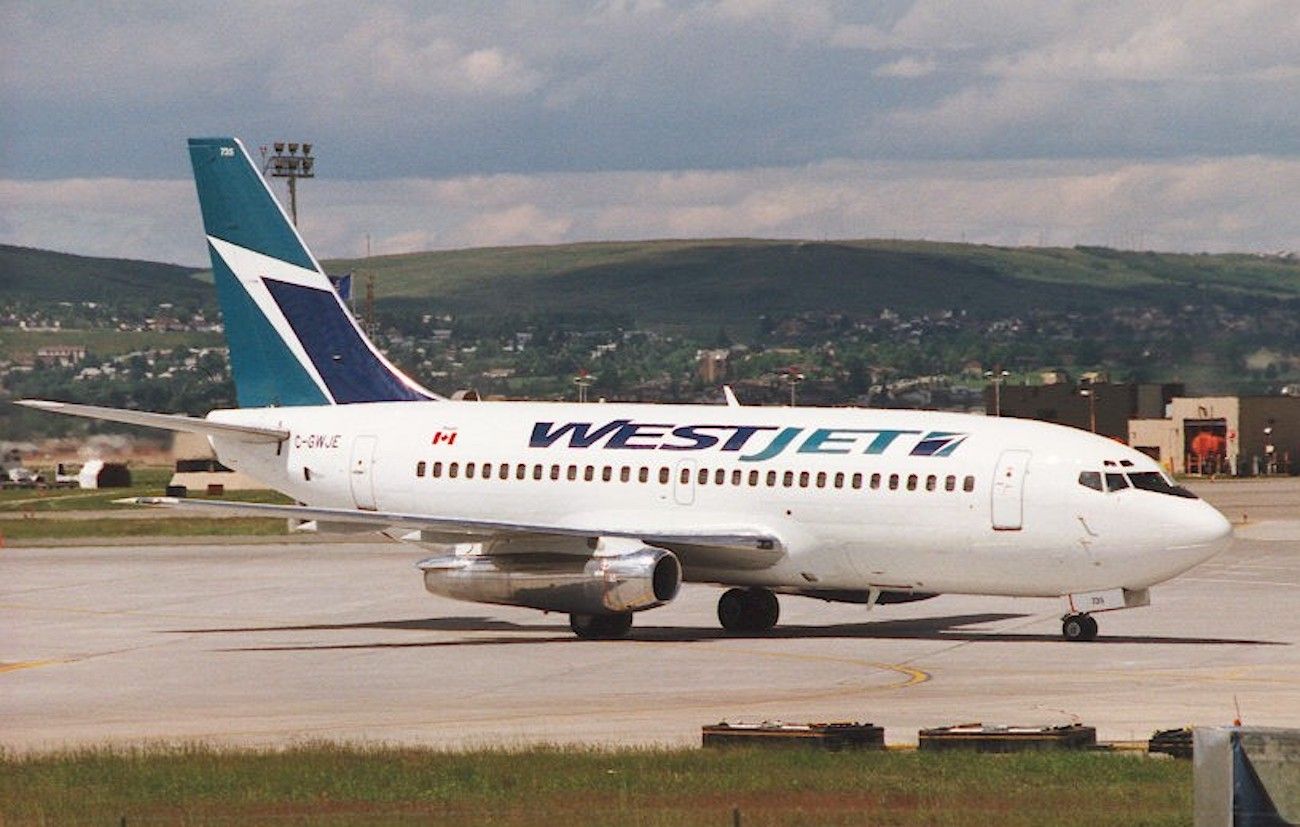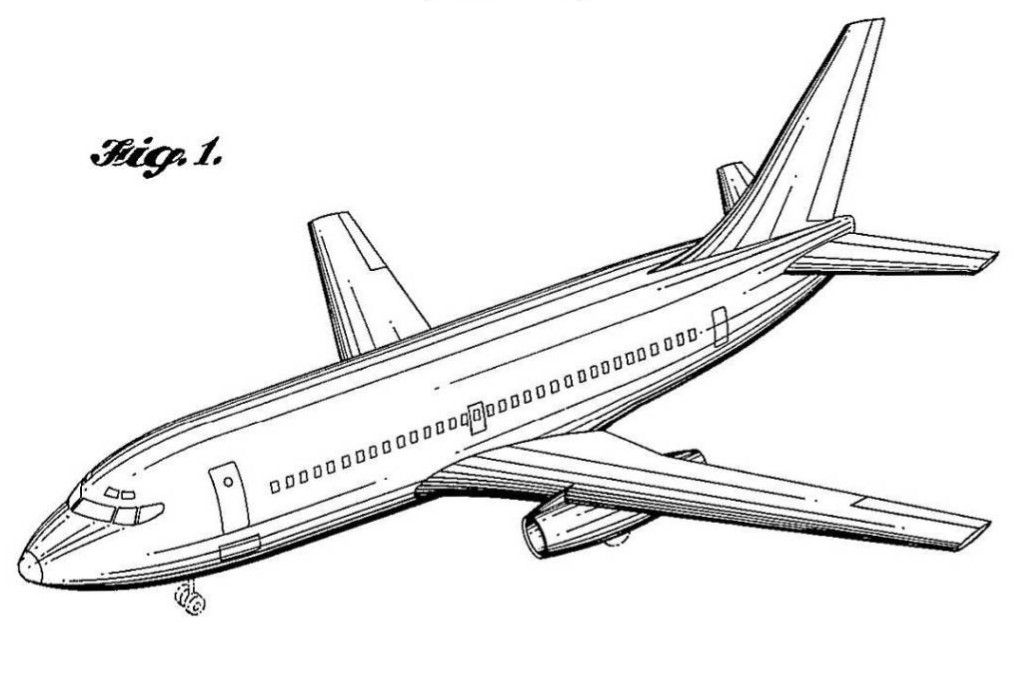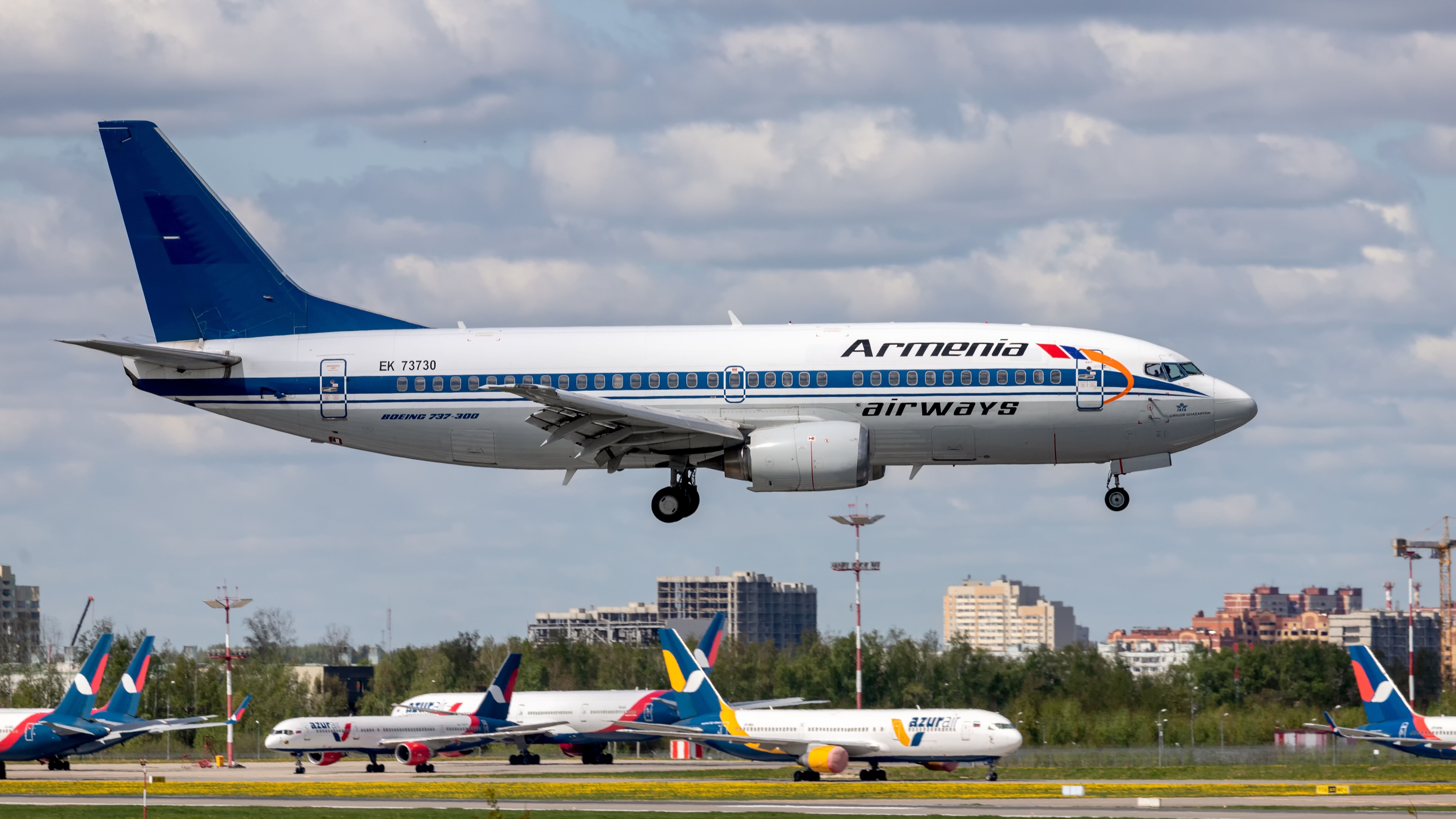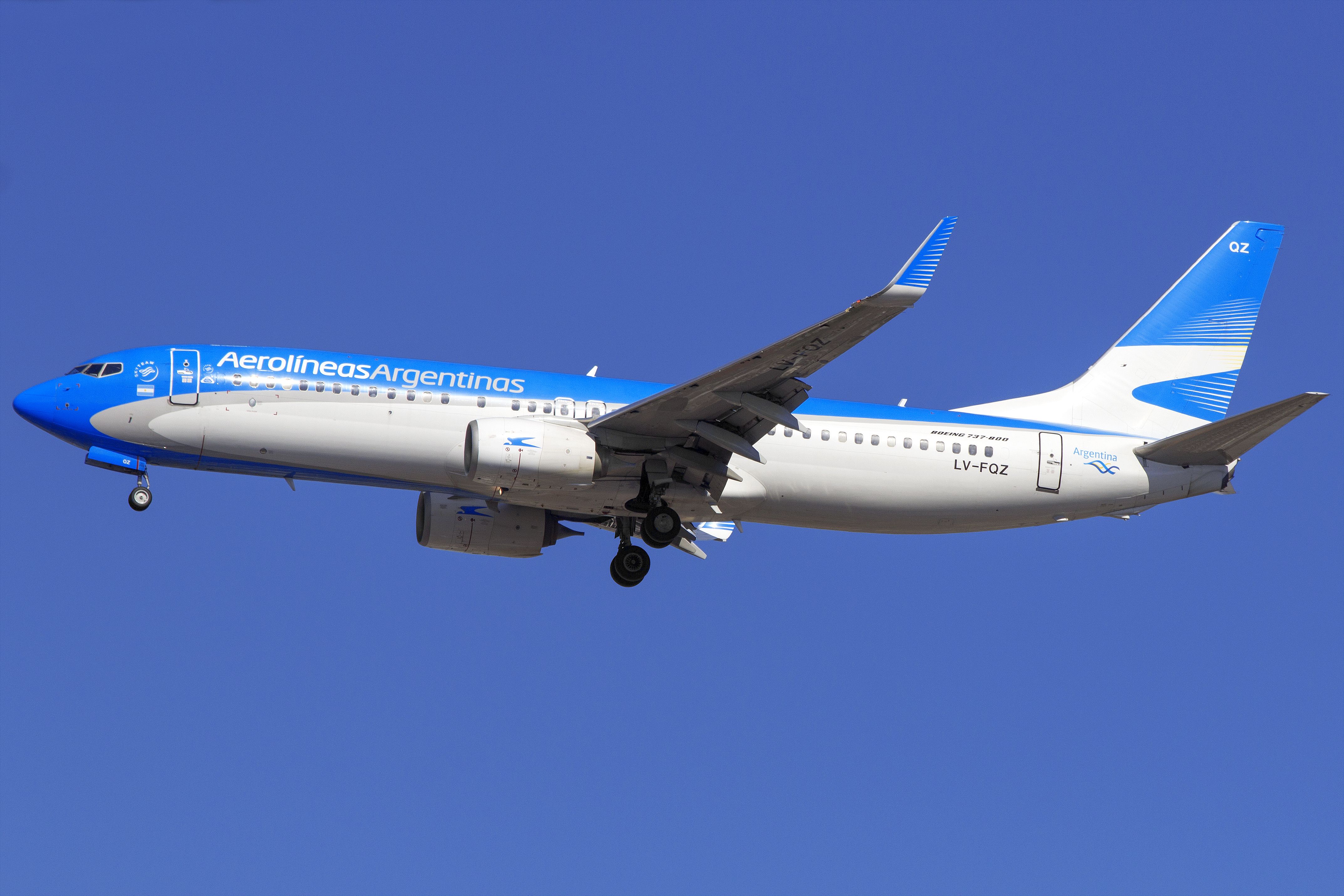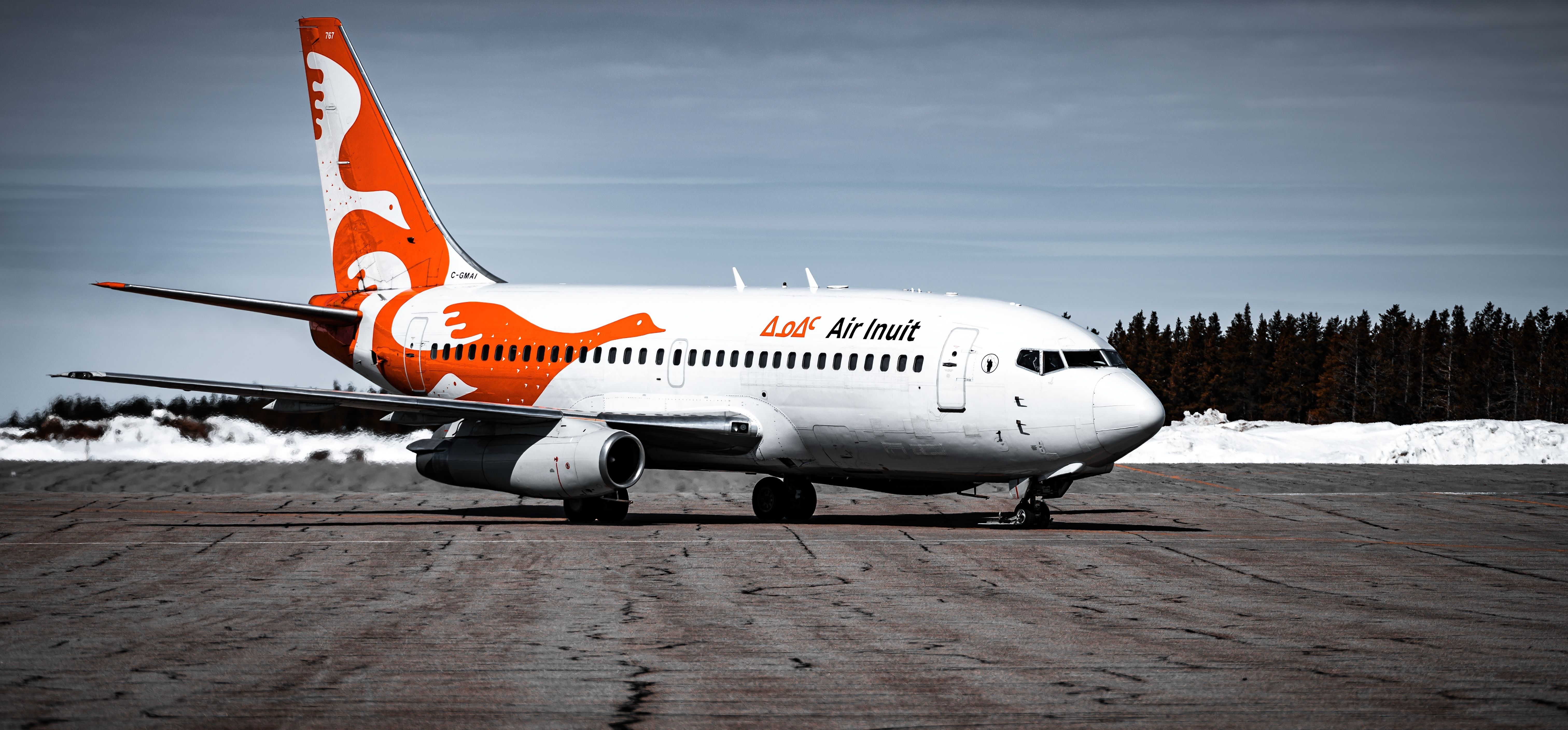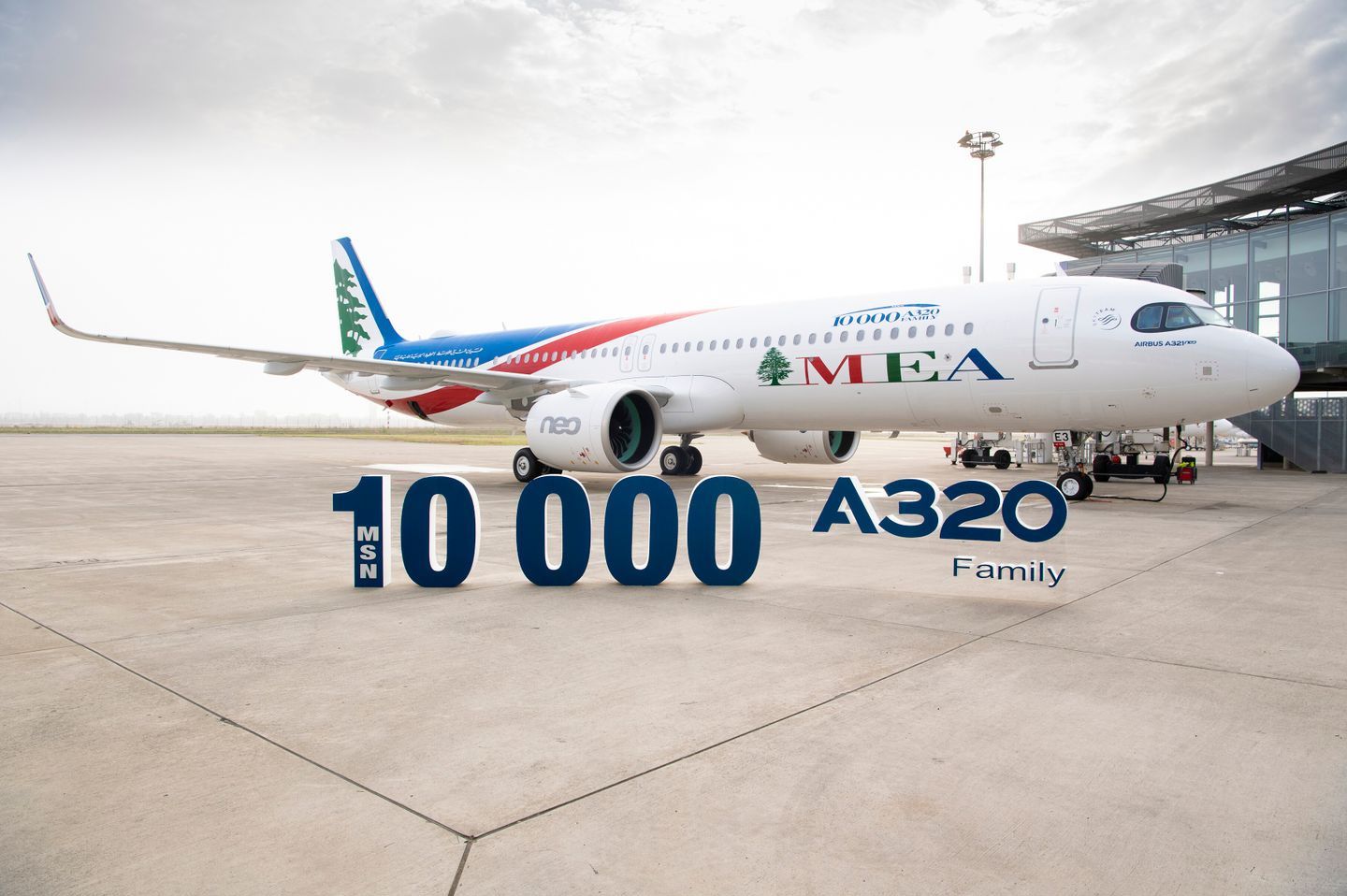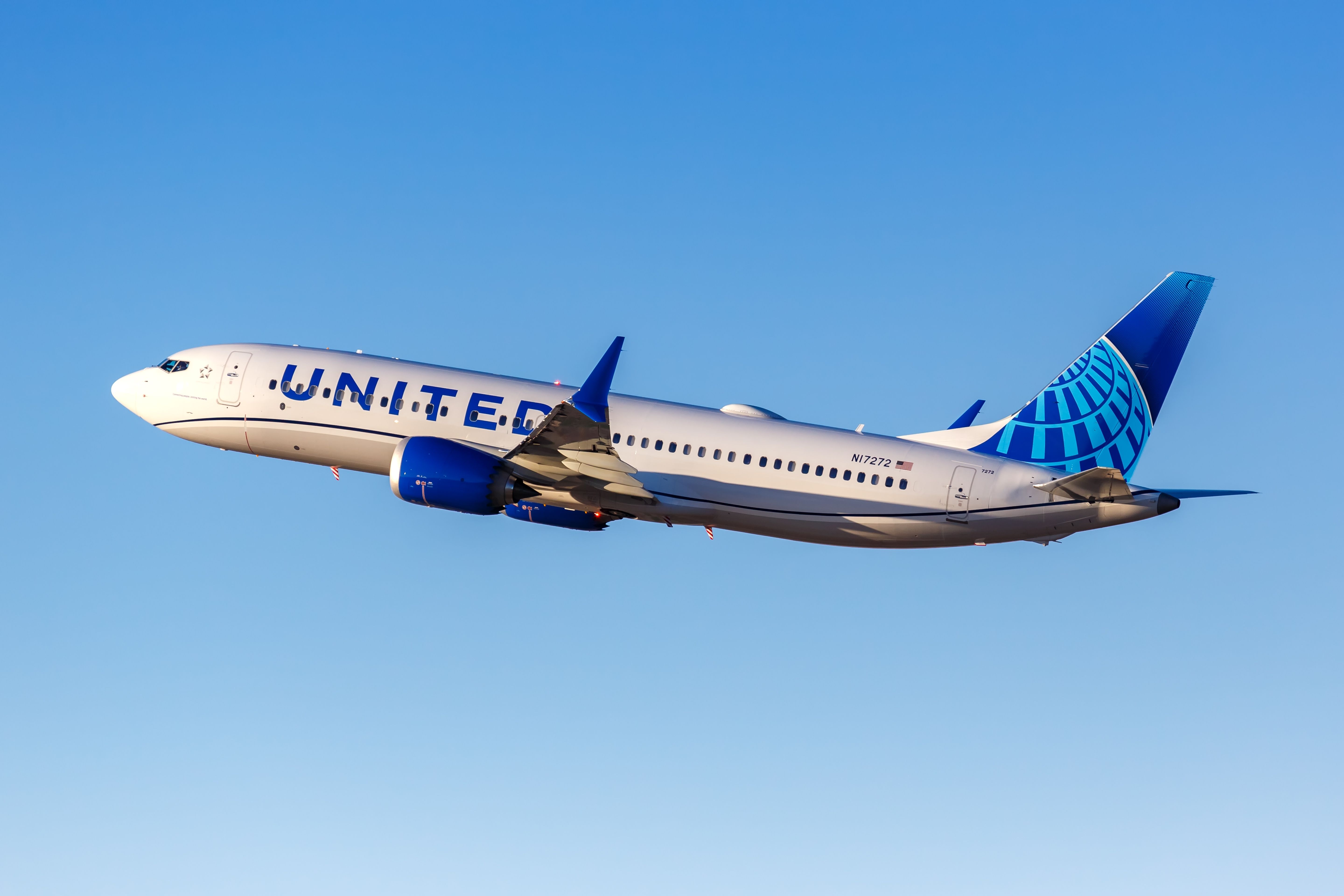Summary
- The Boeing 737 has become one of the most successful aircraft in history, with over 16,000 orders to date, thanks to its competition-beating design and ability to offer the right options for airlines.
- Boeing's success with previous jet aircraft like the 707 and 727 helped establish a strong starting point and customer base for the 737's development.
- The 737's design advantages, such as placing the engines under the wing, a wider cabin, and versatility for cargo use, have contributed to its long-term success and appeal to airlines and low-cost carriers. However, competition from the Airbus A320 family is catching up.
The Boeing 737 took to the skies in 1967 and has remained flying and in production ever since. It has been a massive success for Boeing and one of the most sold aircraft to date (over 16,000 ordered throughout its history, only behind the Cessna 172, which has totaled over 45,000 examples, and the DC-3, with well over 16,000 delivered). We take a look at how the 737 has been so successful and for so long. It started with a great, competition-beating design and has just kept offering the right option for airlines since then.
A best-selling aircraft
The 737 is a familiar sight at airports worldwide and by far the most common. Boeing has delivered 11,550 aircraft up to September 2023, making it one of the most produced aircraft in the world.
However, the Cessna 172 still holds the crown for the most produced aircraft in the world, with over 45,000 ever built, per CNN. In terms of commercial passenger airliners, the Douglas DC-3 is still the most successful plane in history. Across its lifespan and all variants, 16,079 models were delivered. But the 'tail draggers' are long out of production now, and Boeing's 737 is catching up. With a total order book of 16,054 and growing, it is set to overtake the DC-3 as the most-produced passenger airliner in history.
Love aviation history? Discover more of our stories here
Starting from a good base
The 737 was Boeing's third jet aircraft to be launched. This history, both as a starting point for 737 development and as a customer base to build on, was very important. Boeing had already seen great success with the 707 and the 727. The four-engined 707 has a firm place as the first commercial aircraft to become largely successful (and profitable for airlines) at the start of the jet age.
Boeing improved on this with the three-engined 727, selling even more of these than the 707. As market attention shifted to a more economical twin-engine jet, Boeing used much of the 707 and 727 design and parts to develop the 737.
Originally designed to beat the competition
Boeing, of course, was not alone in developing a new twin-engine option. The American aircraft manufacturer's main competition was with Douglas, which produced the DC-9, but the British Aircraft Corporation (BAC) also launched the One Eleven, and French manufacturer Sud Aviation had the Caravelle.
Boeing opted for some critical differences over the competition, however, which ultimately gave the 737 the lead. Most importantly, it placed the engines under the wing. This had been done before with the four engines of the 707, but the 727 and the other manufacturers competing narrowbodies all opted to position their two (or three) engines at the rear of the fuselage.
Moving the engines under the wing reduced the landing gear length and left the engine closer to the ground (enabling easier inspection and maintenance). It also made the cabin quieter for passengers. But most importantly, it allowed the fuselage to be widened. Boeing could offer six across seating, compared to five across on competing aircraft.
Another design advantage that also made use of the wider cabin was the ability to convert it easily for cargo use. The 737 could fit standard-width cargo containers, giving airlines more flexibility in their fleets.
Improving with later variants
These design advantages eventually made the 737 a success, but the initial uptake was still sluggish. The 737-100 and 737-200 were slow to sell, and it wasn't until after the 1970s oil crisis that sales of the 737-300 model, with new engines, significantly picked up. Pictured here below, there's an Armenia Airways Boeing 737-300.
By the early 1990s, the Airbus A320 had started to offer serious competition. The Next Generation series (737-600, 737-700/-700ER, 737-800, and 737-900) was the response to this, with more efficient operation, higher capacity, and longer range.
These new models continued to reflect the demand seen from customers. The 737-800 became the highest-selling 737 family member, and its success is typical of that of the whole family. Its success lies in its flexibility and compromise. It doesn't have the longest range or the highest passenger capacity on the market, but its compromise between the two has made it an excellent all-around choice for airlines.
This flexibility and the strong record of reliability have appealed to many new airlines and low-cost carriers as well. As these have grown in numbers, the 737 has boomed. Southwest Airlines is an excellent example of this. It took its first 737 delivery in 1971 and has built a fleet exclusively utilizing the type.
Offering versatility and other series options
Another success factor has been the versatility of the 737 and Boeing's repeated efforts to offer flexible options to expand operations. This started with the early models with the enlarged cabin to suit freight conversion and has continued. The 737-200, for example, could be equipped for landing on gravel runways with modification made available through an 'unpaved strip kit.' This was popular with several airlines in Alaska and Canada and is still in limited use.
An 'Enhanced Short Runway Package' is available for the 737-600, -700, and -800 models, offering modifications that increase payloads on shorter runways. And running alongside later 737 models are equivalent corporate and private aircraft under the Boeing Business Jet brand, offering the same aircraft (and type rating) to a new market.
Watch out for the A320
The Boeing 737 has, of course, faced stiff competition from the Airbus A320 family, introduced in 1988. Despite being launched around 20 years later, A320 deliveries are rapidly catching the 737. Airbus is also offering new competition with the A321XLR, an area Boeing is still to compete in. The Airbus order book is already ahead of Boeing's, and deliveries are catching up.
In October 2020, Airbus delivered its 10,000th A320 to Middle East Airlines (MEA). Boeing delivered its 10,000th 737 in March 2018 to Southwest Airlines. As of October 2023, Airbus has delivered 11,370 A320s and has received orders for 18,643, according to its website, meaning it could be seen as a more successful aircraft family than Boeing's.
Of course, the issues with the 737 MAX impacted the 737 family. One of its strengths since its launch in the 1960s has been its reliability and safety. The two 737 MAX crashes changed that, and the subsequent grounding of the fleet has blotted its copybook. Nevertheless, since the ungrounding of the model, many airlines have placed orders for the MAX family, securing its future as Boeing's top-selling aircraft.
How many MAXs are on order at the moment?
Boeing's MAX family is composed of four variants: the -7, -8, -9, and -10. The versions -8 and -9 are currently active, while the remaining two have not been certified yet. Since introducing the MAX family, the MAX 8 has received orders for 5,110 units, plus 462 from the ultra-low-cost variant, the 8-200. Boeing has delivered a total of 988 MAX 8s and 125 MAX 8-200s. The MAX 9 has received orders for 420 units, delivering 200.
Finally, the MAX 7 and MAX 10 have received orders for 319 and 1,071. As reported last week, the MAX 7 aircraft could be certified before the year ends, and Boeing could begin delivering the model in 2024's first quarter. Meanwhile, the MAX 10 is about 70% through a list of items the FAA requires before granting a type of inspection authorization (TIA). It is expected MAX 10 deliveries could begin in 2025's first quarter.
What do you think the future holds for the 737, and what other reasons are there for its strong position? Let us know in the comments.

